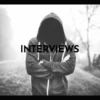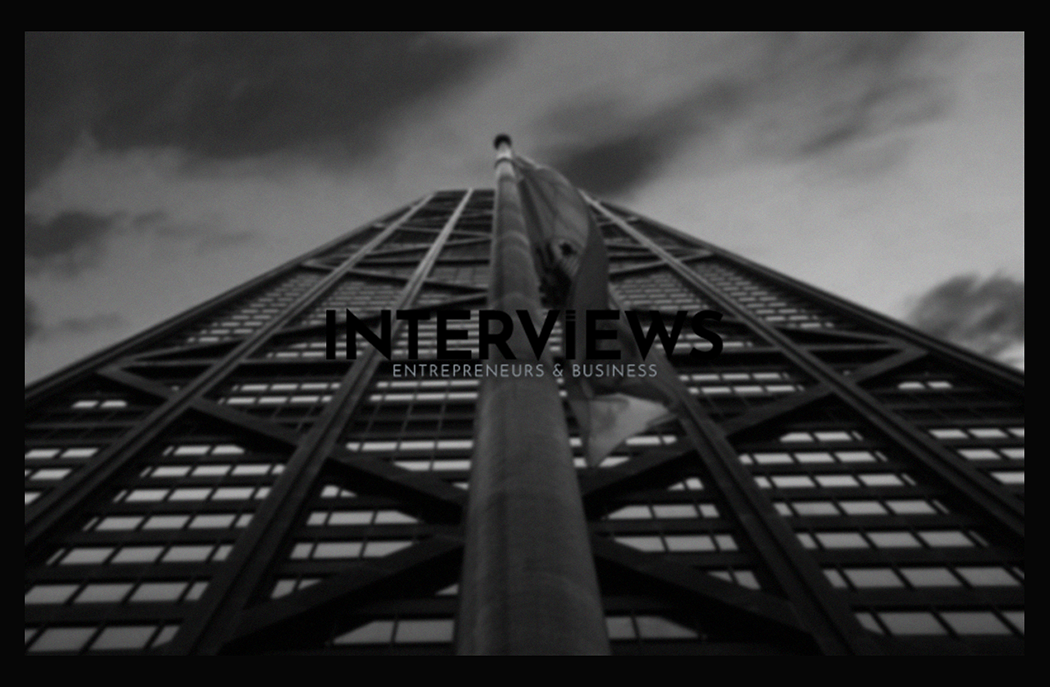Decoding the Tates’ Empire: Unpacking the Wealth and Businesses of Andrew and Tristan
Andrew and Tristan Tate are well-known figures. They portray a certain type of internet presence. They have crafted a persona. More importantly, they have built a portfolio of businesses. This portfolio fuels their lifestyle. And it drives their online narratives. Let’s dissect their wealth sources.
The Webcam Goldmine
Before courses and statements, there was the webcam business. Andrew Tate called it a “little webcam business.” In reality, it generated quite a profit. Reports show $600,000 each month, coming from his apartment. The term “little” is relative when employing 75 women across four places. Sources say they used models and “fake sob stories” to entice male callers. Million-dollar fake tears, who would’ve guessed?
Kickboxing: Before the Keyboard
Before the online hustle, both brothers fought in kickboxing. Andrew became the second-best light-heavyweight kickboxer globally. This sport, while not leading straight to riches, contributed to their initial income. Tristan earned well from fighting too. Some fights were highly lucrative. Punches paved their path to financial success.
Online Courses: From Hustle to “Real World”
The Tate brothers excel at identifying trends. They moved from webcams and kickboxing to online courses. Initially known as “Hustlers University,” this evolved into “The Real World.” This venture aimed to teach subscribers “18 modern wealth creation methods.” The curriculum sparks debate. Yet, online wealth tutorials thrive today.
Romanian Casinos: A Roll of the Dice
The Tates also own physical assets. Reports indicate that Tristan has casinos in Romania. Romania’s growing economy offers opportunities for various businesses, including casinos. This casino business, combined with their online ventures, adds to their income sources. A perfect example of portfolio diversification.
Social Media and Seduction Courses: Amplifying the Brand
Love them or not, the Tates understand social media. They attract millions of followers who amplify their message. Prior to their wealth courses, Andrew sold courses on how to “pick up women.” This entry into the “pick-up” industry expanded into their larger online education platforms today. Selling dreams of romance is a constant theme.
“Self-Made Multi-Millionaires”: The Claim
Andrew Tate claims he is a “self-made multi-millionaire.” He attributes his start to that “little webcam business.” While definitions of “self-made” vary, it’s clear they built a financial structure with diverse ventures. Their narrative of self-made success resonates with individuals seeking wealth and influence.
Controversies and Legal Battles: The Shadow Side
Controversy surrounds their story. Investigations into sex trafficking cast a shadow over their empire. Andrew Tate appears uninvolved in teaching within “The Real World.” Yet, the legal issues are severe. Tristan faces restrictions from seeing his young daughter, tied to these investigations. Allegations starkly contradict their wealth projection.
The Car Collection: Status Symbols and Seizures
Cars are status symbols. The Tates embraced this clearly. Andrew boasted of owning 33 cars, featuring brands like Bugatti and Ferrari. However, authorities seized many vehicles, including a Lamborghini and several luxury models. The seized collection serves as a ironic symbol of their legal issues.
“The Real World” – Not the Tate Version, the OG TV Show
Now, let’s discuss “The Real World,” a show that predates the Tates’ platform. This original reality TV format focused on documenting strangers living together.
Concept: Strangers, Cameras, Drama
The idea was straightforward: gather a group of diverse strangers, put them in a house for months, and film. The intention was unscripted relationships unfolding on screen. Think of it as a sociological experiment mixed with soap opera elements.
Evolution: From Authentic to Edited
Initially aiming for authentic interactions, the show evolved. As reality TV progressed, techniques changed. While unscripted moments remained, staging and editing grew to enhance drama. Producers shaped narratives by choosing moments strategically, steering storylines through editing. Authenticity turned into a spectrum.
Scripting: Guided Reality
“The Real World” was not like “Friends.” No scripted dialogue existed. Instead, drama arose from casting personalities destined to clash. Editing dictated storylines, but real reactions fueled the narrative. It’s reality, guided subtly by producers.
Revivals and Cancellations: The Circle of TV Life
The original MTV “The Real World” ended in 2017. Yet, shows rarely truly die. A revival appeared on Facebook Watch in 2018, introducing new American seasons along with international versions. Even “Homecoming” series reuniting old casts emerged. Yet, revivals don’t guarantee longevity. In 2023, Paramount+ removed all three seasons of “Homecoming: New York.” Streaming content is often fleeting.
Cast Members: Fame and (Modest) Fortune?
Reality TV fame doesn’t guarantee wealth for participants. Original cast members earned about $2600 a season. Newer seasons offered around $5000—still low compared to lucrative celebrity paychecks. However, lasting relationships emerged from the show. Pamela Ling and Judd Winick from “San Francisco” married. Reality TV can create real bonds, even without immense wealth.
Spin-offs: Expanding the Franchise
“The Real World” inspired spin-offs, the most notable being “Road Rules.” This sister show lasted 14 seasons and fostered interpersonal drama. “The Challenge,” a continuing reality game show, builds on the franchise’s legacy of competition and drama.
Real-World Applications and Evidence: Beyond Reality TV
Shifting focus from reality TV, let’s discuss “real-world applications” and “real-world evidence.” These terms may seem generic but hold significant meanings in different sectors.
Real-World Application: Putting Concepts to Work
A “real-world application” means taking a theory and applying it practically. It involves moving beyond ideas to see them in everyday use cases. It tests concepts in daily life.
Real-World Evidence (RWE): Data in Healthcare
In healthcare, “real-world evidence” holds great importance. It encompasses data gathered outside traditional clinical trials. Used to evaluate medical technologies, RWE assesses safety and effectiveness in practice. RWE aids researchers in understanding treatments in diverse patient populations. The FDA uses RWE for drug safety monitoring post-approval.
Connecting Classroom Learning: Making it Relevant
Linking classroom learning to real-world examples enhances education quality. It boosts student engagement and critical thinking. Relating lessons to real-life situations fosters a holistic learning approach. Inviting guest speakers into classrooms effectively ties students to real experiences. This shows students that school lessons are valuable tools.
for navigating the world around them.
Cancel Culture: The Digital Guillotine
Let us explore “cancel culture.” This troubling issue grows in our connected world. It affects individuals and brands.
Definition: Online Ostracism
Cancel culture involves digital ostracism. When someone says or does something wrong, the online mob reacts. This “canceling” includes shaming, boycotts, and job loss. Social media often amplifies this response. The consequences can be severe.
Social Media’s Role: Amplifying the Outrage
Social media fuels cancel culture. Platforms like Twitter and Instagram spread outrage quickly. A single mistake can lead to widespread backlash. Social media acts as both a stage and a catalyst for cancel culture.
Surviving the Cancel Mob: Damage Control
If you face cancel culture, survival is possible but not guaranteed. Assess the situation first. Is the criticism valid? Seek advice from trusted sources. If you are at fault, a sincere apology might help. However, take a break from social media. Disable notifications and engage in activities for mental health. Journaling or exercise provides needed respite. Damage control is key in this digital storm.
The RealReal: Luxury Consignment, Authenticated
Let’s shift to “The RealReal,” a unique platform for pre-owned luxury goods. This site focuses on high-end fashion and accessories.
Pre-Owned Luxury: Sustainable Style
The RealReal specializes in pre-owned luxury items. They enable buying and selling authenticated designer goods. It meets the need for luxury items and a sustainable approach to consumption. High-end items get a second life. This appeals to mindful consumers.
Authentication: Verifying the Value
An essential feature of The RealReal is its authentication process. They guarantee every item’s authenticity. This process uses human expertise and AI analysis. Buyers receive genuine luxury goods, which is crucial in a counterfeit-heavy market.
Consignment and Sales: The Fine Print
The RealReal works with consignments and sales agreements. Sellers consign items to The RealReal, who manage listings and shipping. Understanding these agreements is vital for all parties. They define commission, payment terms, and responsibilities.
Unsold Items: Options and Outcomes
What if your luxury item does not sell? If it remains unsold, The RealReal will reach out. Sellers have choices: return the item at their expense or donate it to charity. This avoids having items go unsold indefinitely.
Membership Cancellation: Opting Out
If you wish to cancel your RealReal membership, do so via the online portal. You can also contact customer service by phone or email. Cancellations must occur before the next billing cycle to avoid charges. Understanding the cancellation policy is vital for effective membership management.





